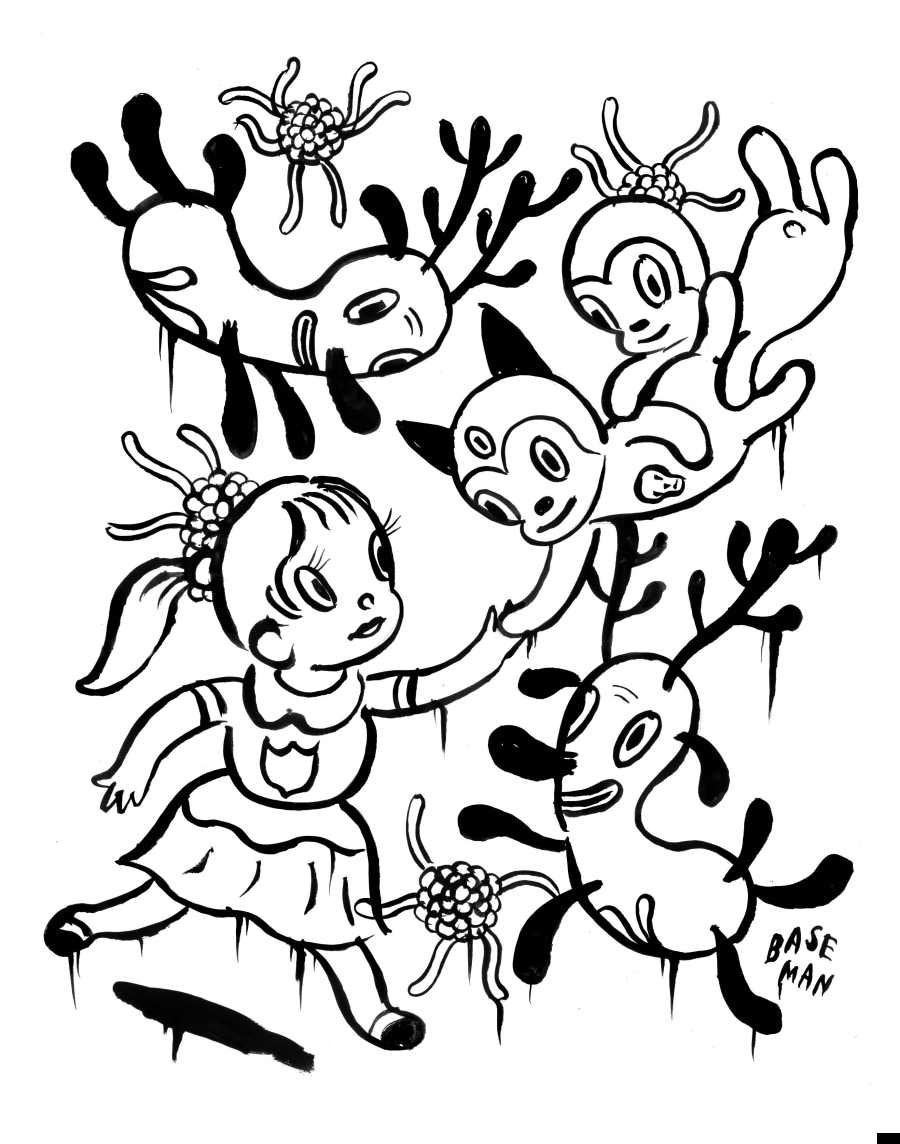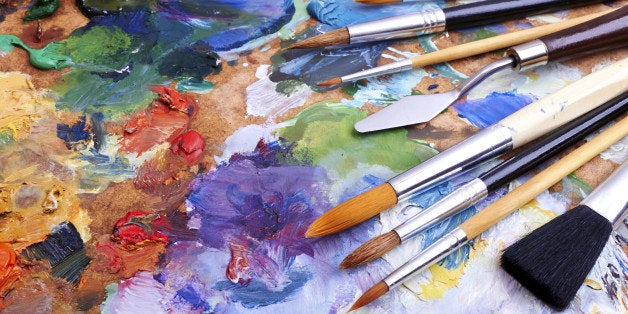
Welcome to the New Year! Whether you're already hard at work making your fresh batch of New Year's resolutions a reality, or still nursing your hangover and breaking all of them at once, we're here to ease you into equilibrium with a little dose of calmness and creativity. The following art therapy techniques are designed to stimulate the imagination and soothe the soul with easy exercises for anyone from age five to 100. What better way to ring in 2015 than making an effort to let simple creative expression ease out those inner knots and work you into a state of inspired self-possession?
Art therapy is a form of therapy predicated on the belief that artistic expression has the power to help us in healing, in self-esteem or simply in chilling out. It's unique in that most other forms of therapy rely on language as the foremost mode of communication, whereas art requires something different, something harder to define.
We're not art therapists, and the techniques below are only suggestions based on practices familiar to the art therapy community. But for those hungry for a creative outlet to relieve the tension that tends to build up this time of year, the practices below may help. They require few materials and no artistic background -- in fact, the less art you make, the better. The following suggestions are less about the final product, and more about the transformation that occurs along the way.
1. Make an invisible New Year's resolution visible (and beautiful)
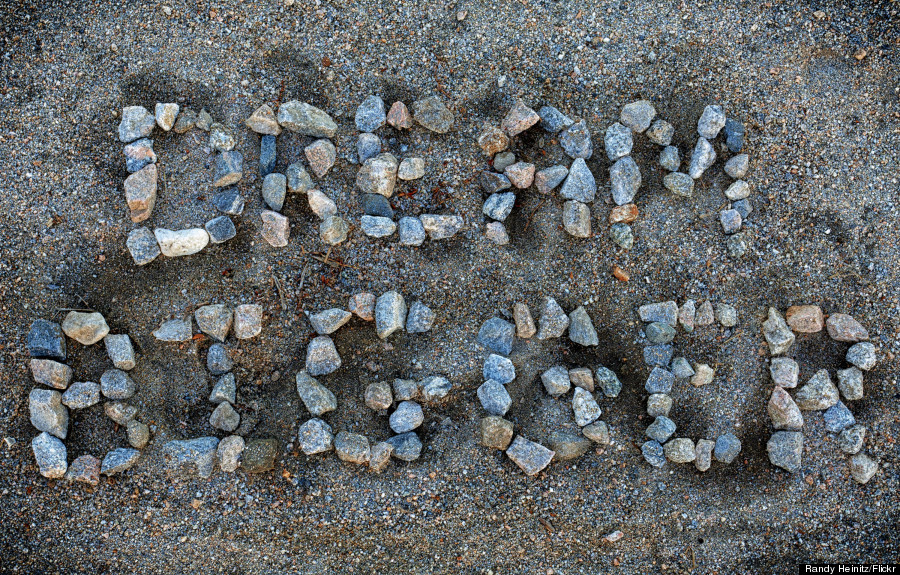
New Year's resolutions. How did something so seemingly restorative turn into something so incredibly stressful? Instead of promising yourself to floss more or eat less, focus some attention on an invisible accomplishment, something that's either too big or too small to see with your eyes. Instead of writing it in the notebook with the rest of your resolutions, devote some time to making your personal goal into a beautiful object, a visual mantra that inspires you just upon seeing it.
2. Create a memory jug

Memory jugs originated with members of Africa’s Bakongo communities, who believed the physical world was connected to the spiritual world by water. They often decorated graves with water-centric items like jugs to connect deceased spirits to the waterways that would lead them to the afterlife. The ritual was revived recently as a form of found art sculpture, or 3D scrapbooking. Use lacquer to adhere found objects to a vase, jug or pot -- whether they remind you of a specific person, recall a certain time in your life, or just make you smile.
3. Do a doodle a day
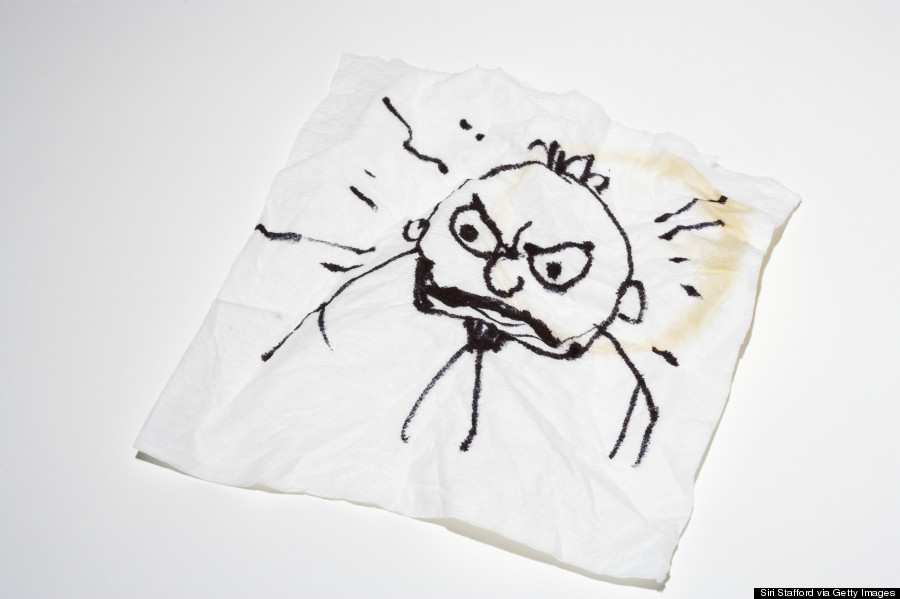
You know what's hard? Taking time out of a hectic schedule to create a work of art when you have absolutely no idea where to start. You know what's easy? Taking a few minutes to break from your day and scribble out a little weirdness, just for the sake of keeping that hand moving. Divide each page of a sketchbook into fourths and create one simple drawing every day -- really, if you draw a happy face as your falling asleep it's okay. Just getting into the creative rhythm will get your imagination churning. Soon you'll feel more comfortable with your artistic style and be struck by inspiration during your daily routine. You may even want to spend more than five minutes on a drawing someday. But worry not, doodles always look good.
4. Shed your old skin into a sculpture
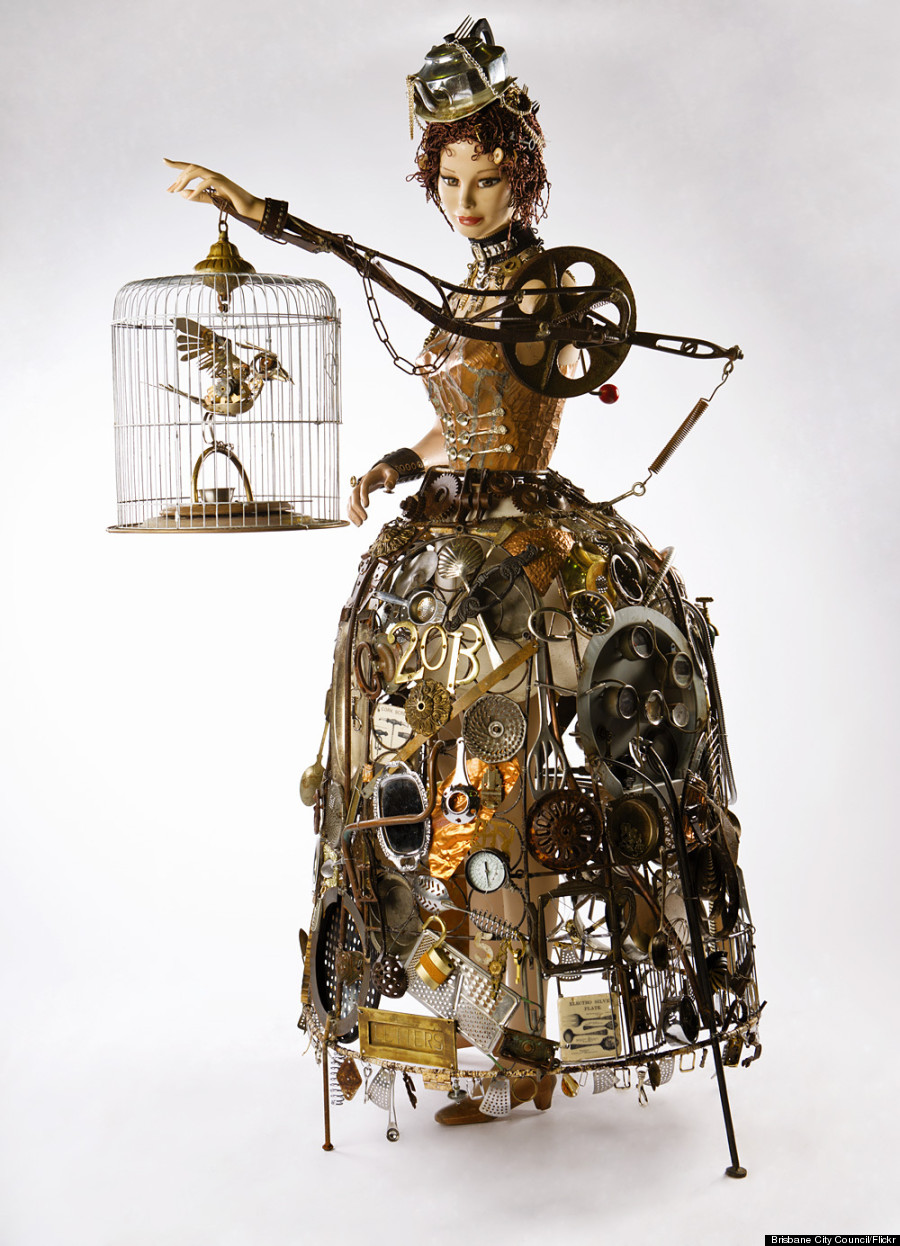
Okay, this is far less creepy than it sounds. This suggestion is for those doing some early spring cleaning or getting rid of old belongings -- be they clothes, papers, glasses, buttons, defunct technologies. Instead of tossing away your old junk, use the materials to create a sculpture of a former self, immortalizing the (insert appropriate adjective here) year that was 2014. The sculpture does not have to (and probably won't) look like you; it can be abstract, geometric, organic or all of the above. Even if the materials seem meaningless now, they'll become treasures with the passing of time, and the ceremony of creating the sculpture provides great closure in moving on to the new year.
5. Use your non-dominant hand to create
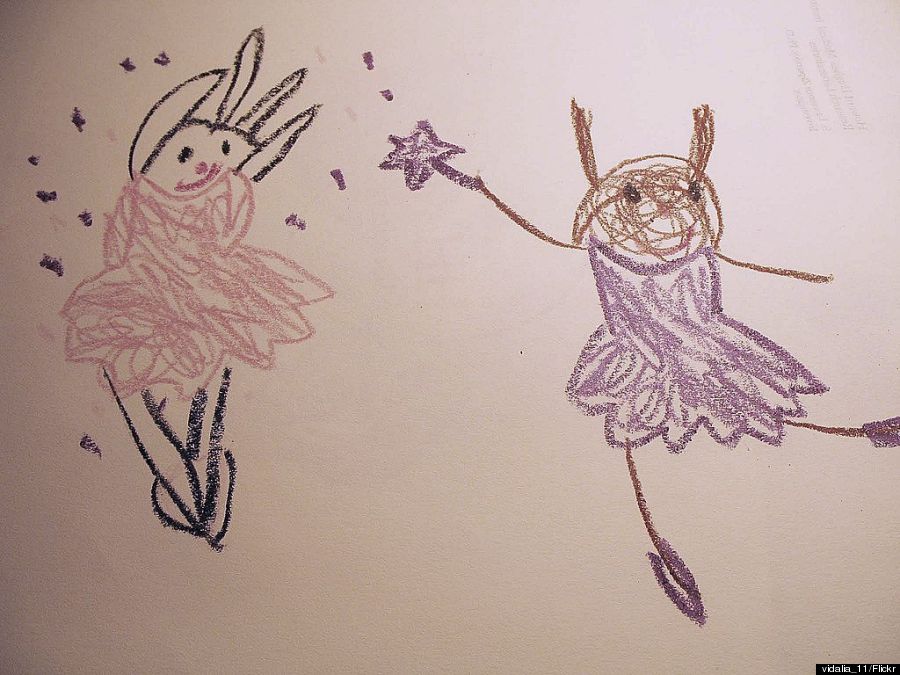
You know that Pablo Picasso quote, "All children are artists. The problem is how to remain an artist once he grows up"? Firstly, make that "he" a "he or she." Now, channel this Picasso-ian sentiment by unlearning anything you've ever learned about style, control and discipline by passing your pencil to the other hand. Before you know it, you'll have the uncertain, wiggly, unfettered stroke of a child -- and thus, by the transitive Picasso principle, of a bona fide artist.
6. Craft an intention stick
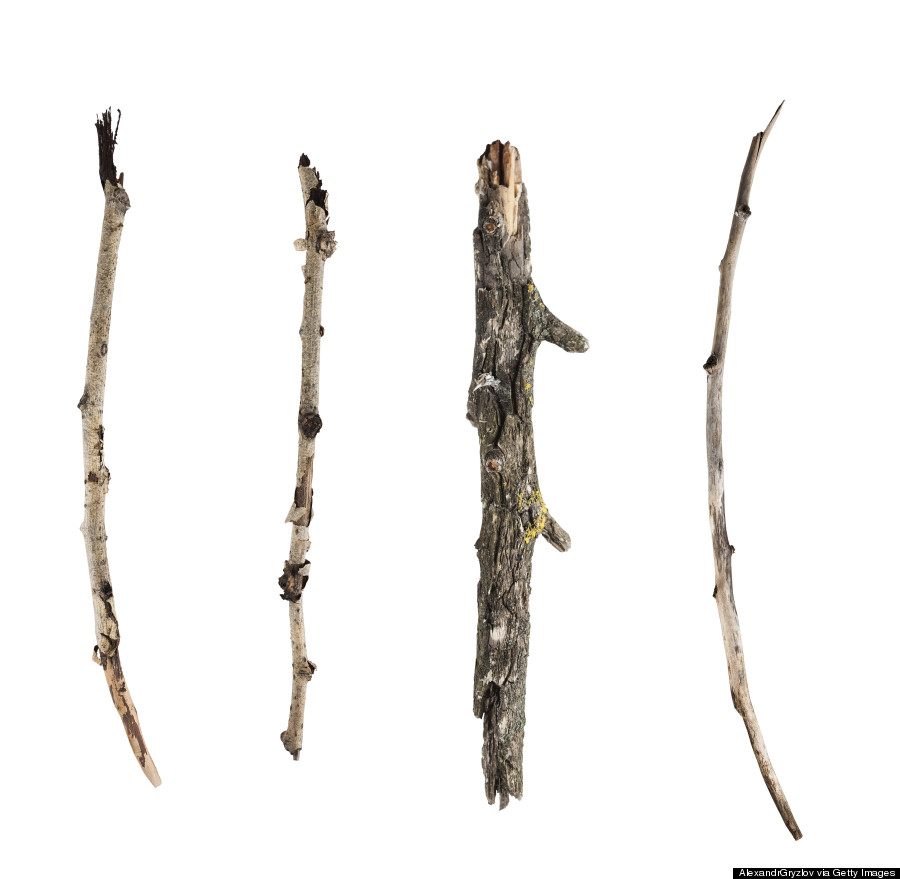
Whether you call them intention sticks, prayer sticks, wish sticks or talismans, their purpose is the same: to provide a physical object for you to wrap your hands around and bring you strength as well as peace of mind. Intention sticks, which have roots in Hopi and Tibetan traditions, gain their power from the positive energy posited in the stick during its creation -- so basically, make sure you're in a good mood when you make it! Find a stick that fits perfectly in your hands, think of it like a magic wand, paint it and decorate it with mantras or intentions close to your heart. Add string, feathers, glitter, beads and whatever else you wish and keep the stick in a secret place for when you need it most.
7. Make your own stencil
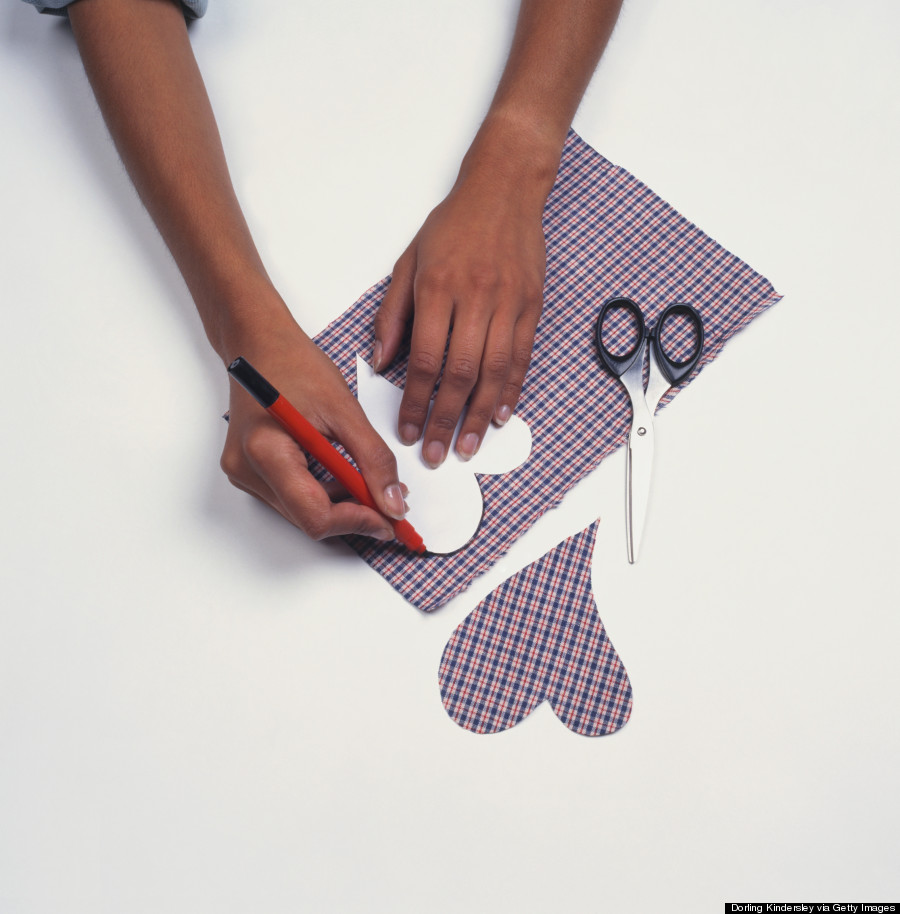
If you're having trouble embarking on an artwork itself, how about starting with the artistic medium instead? You can make a DIY stencil from a cardboard box, playing card, cereal box -- the list continues. Use scissors to cut out a shape all your own and you can make your imprint, quite literally, on any future artworks or random pieces of paper you happen to encounter. Don't worry about straight lines and perfect proportions; with a handmade stencil, the more rugged the better.
8. Draw through the darkness
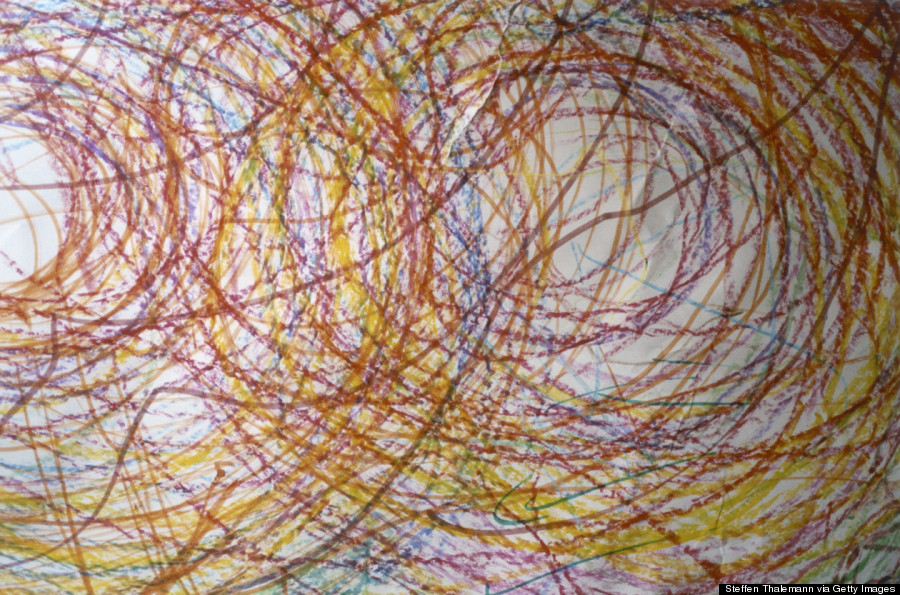
Take out pencils, pastels, crayons and a giant piece of paper. Close your eyes. You can listen to music or work in darkness, but focus on visualizing the abstract shapes and patterns swirling in your head, giving them time to focus and take shape. Without opening your eyes, draw what you see -- without, actually, seeing anything at all. The resulting image will be unlike anything that exists outside your head, and that's pretty special if we do say so ourselves.
9. Turn your fears into a (literal) monster
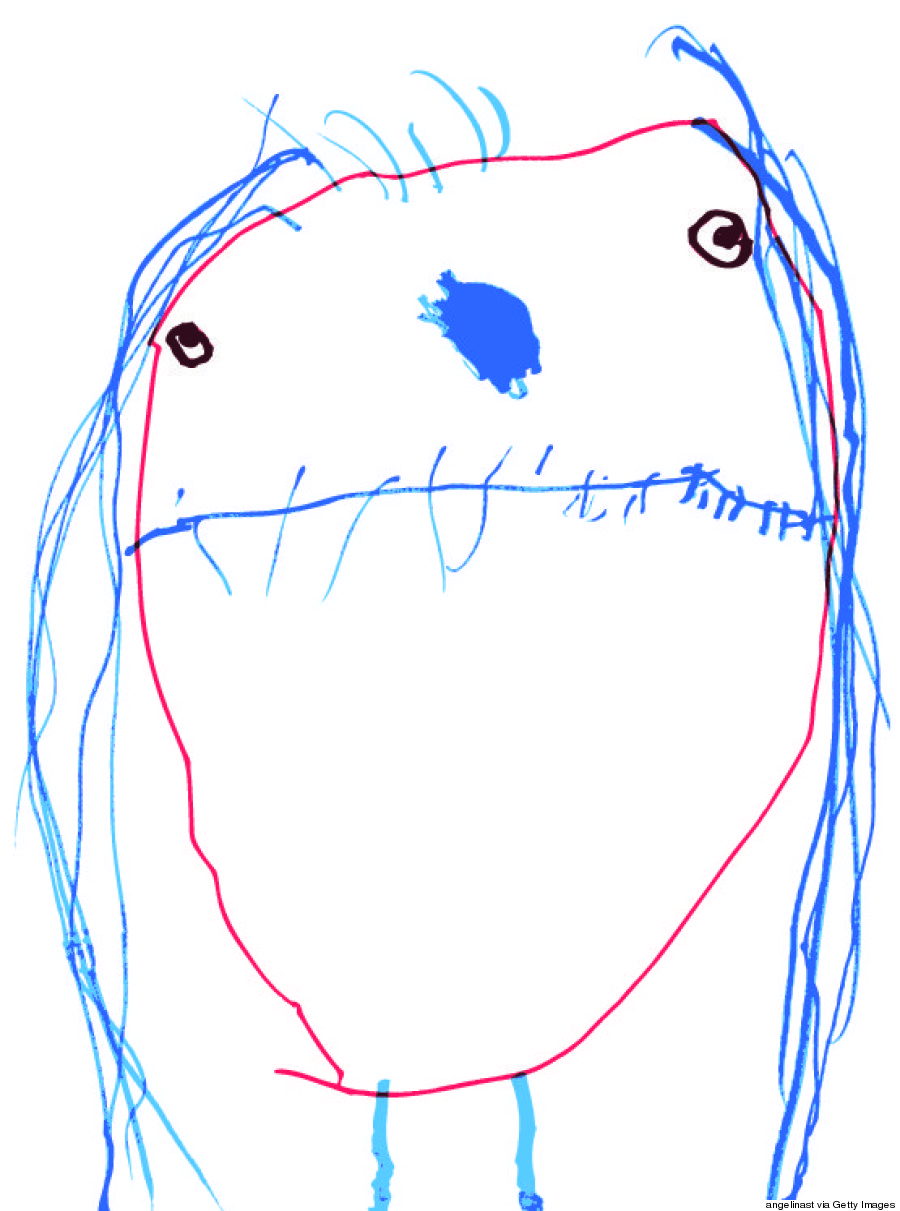
Sometimes the only way to lessen your fears is to face them head on. Think about something that frightens you, whether it's "spiders," "being a bad artist," "going broke" or "losing my way." Give this fear a shape, a color and a texture; it can be as abstract or symbolic as you wish. Creating the beast outside of you will strip your fear of some of its power, especially when comparing it to the (now often silly) fears we all had as a child.

